Select an Orthopaedic Specialty and Learn More
Use our specialty filter and search function to find information about specific orthopaedic conditions, treatments, anatomy, and more, quickly and easily.
GET THE HURT! APP FOR FREE INJURY ADVICE IN MINUTES
Shoreline Orthopaedics and the HURT! app have partnered to give you virtual access to a network of orthopaedic specialists, ready to offer guidance for injuries and ongoing bone or joint problems, 24/7/365.
Browse Specialties
-
- Joint Disorders
- Knee
Articular Cartilage Restoration
Articular cartilage can be damaged by injury or normal wear and tear, resulting in a joint surface that is no longer smooth. Damaged cartilage does not heal itself well, so doctors have developed surgical techniques to stimulate the growth of new cartilage. This procedure is used most commonly for the knee and most candidates are young adults with a single injury or lesion. Restoring articular cartilage can relieve pain, allow improved function, and delay or prevent the onset of arthritis.
More Info -
- Fractures, Sprains & Strains
- Knee
- Ligament Disorders
- Sports Medicine
Combined Knee Ligament Injuries
Because the knee joint relies just on ligaments and surrounding muscles for stability, it is easily injured. Direct contact to the knee or hard muscle contraction, such as changing direction rapidly while running, can injure a knee ligament. It is possible to injure two or more ligaments at the same time. Multiple injuries can have serious complications, such as disrupting blood supply to the leg or affecting nerves that supply the limb’s muscles.
More Info -
- Foot & Ankle
Equinus
When the ankle joint lacks flexibility and upward, toes-to-shin movement of the foot (dorsiflexion) is limited, the condition is called equinus. Equinus is a result of tightness in the Achilles tendon or calf muscles (the soleus muscle and/or gastrocnemius muscle) and it may be either congenital or acquired. This condition is found equally in men and women, and it can occur in one foot, or both.
More Info -
- Neck and Back (Spine)
Lumbar Spinal Stenosis
Lumbar spinal stenosis is a common cause of pain in the lower back and legs. As we grow older, our spines change and over time, normal wear-and-tear and the effects of aging can lead to a narrowing of the spinal canal (spinal stenosis). This puts pressure on the spinal cord and spinal nerve roots, and may cause pain, numbness or weakness in the legs.
More Info -
- Joint Disorders
- Knee
- Pediatric Injuries
- Sports Medicine
Osteochondritis Dissecans (OCD)
Osteochondritis dissecans (OCD) is a joint condition that occurs when a small segment of bone separates from its surrounding region due to a lack of blood supply. As a result, the bone segment and cartilage covering it begin to crack and loosen. OCD develops most often in children and adolescents, frequently in the knee, at the end of the femur (thighbone).
More Info -
- Knee
- Pediatric Injuries
- Sports Medicine
Patella Tendinitis & Patella Tendinosis
Pain in the patella tendon is a common problem, especially in people who participate extensively in running or jumping activities. Pain in the patella tendon can be separated into two main conditions: patella tendinitis and patella tendinosis.
More Info -
- Elbow
- Fractures, Sprains & Strains
- Joint Disorders
Radial Head Fractures of the Elbow
Although attempting to break a fall with outstretched hands may be an instinctive response, the force of the impact can travel up the forearm and result in a dislocated elbow or break in the radius, which often occurs in the radial head.
More Info -
- Fractures, Sprains & Strains
- Hand & Wrist
- Joint Disorders
- Ligament Disorders
- Sports Medicine
Wrist Sprains
Sprained wrists are often caused by a fall, such as onto an outstretched hand, or when the joint is bent forcefully or suddenly twisted. Wrist sprains are graded according to the degree of injury to the ligaments, and they can range from mild to severe.
More Info

